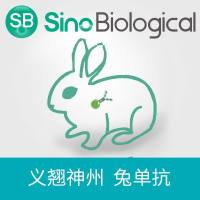The yeast two-hybrid system is a powerful technique for identifying proteins that interact with a specific protein of interest. The rationale of the yeast two-hybrid system relies on the physical separation of the DNA-binding domain from the transcriptional activation domain of several transcription factors. Therefore, the protein of interest (bait) is fused to a DNA-binding domain, and complimentary DNA (cDNA) library-encoded proteins are fused to a transcriptional activation domain. When a protein encoded by the cDNA library binds to the bait, both activities of the transcription factor are rejoined and transcription from a reporter gene is started. Here, we will give a comprehensive guide for the GAL4-based two-hybrid system, exemplified by the detection of binding partners for the zinc finger protein A20. The latter is an inducible cellular inhibitor of tumor necrosis factor (TNF)-induced apoptosis and nuclear factor (NF)-κB-dependent gene expression. Yeast two-hybrid screening with A20 as bait revealed several A20-binding proteins, including A20 itself, members of the 14-3-3 family, as well as three novel proteins ABIN-1, ABIN-2, and TXBP151. The latter protein was subsequently shown to mediate at least part of the anti-apoptotic activities of A20, whereas ABIN-1 and -2 are more likely to be involved in the NF-κB inhibitory effects of A20.






